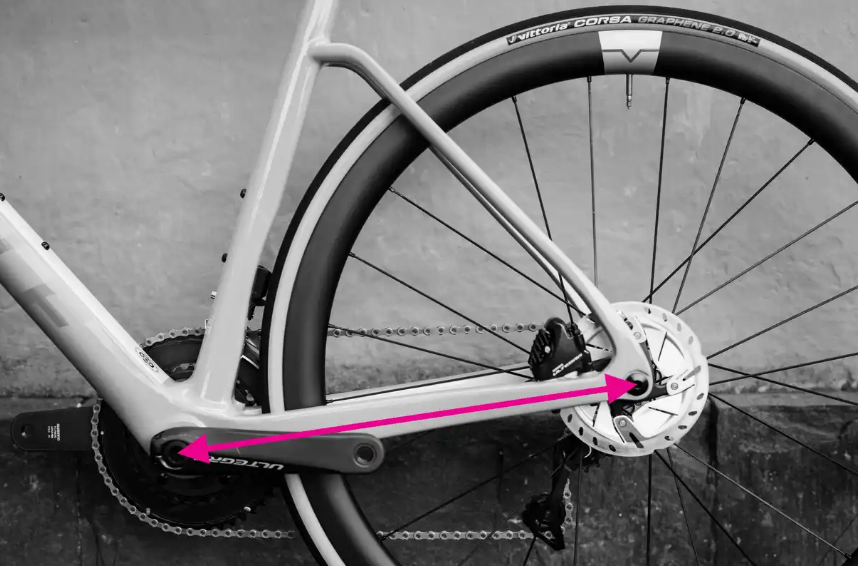Welcome to Sino Bearings web
24x7 HOTLINE:+86-28-81454188

 NEWS
NEWS
Your bike’s fork consists of (usually) two legs to support your front wheel and a steerer tube that passes through the bike frame’s head tube and turns on bearings to enable you to steer.
Road bike forks are typically made of carbon fibre, but may have an alloy steerer tube, although you can also find all-alloy or steel forks, usually on cheaper bikes.
Most road cyclists will use the fork that comes with their bike or frameset, without giving it a second fork. However, tyre clearance and mounting points – for mudguards or luggage – are things to consider when it comes to the versatility of your bike.
Mountain bike forks are more complex and typically include suspension.
There are differences in how this works and how it’s damped, how the fork is attached to the frame, and also the amount of suspension travel (i.e. movement) it offers.
The amount of suspension travel will provide a guide as to the bike’s intended use, with cross-country mountain bikes offering less travel than downhill mountain bikes, due to the tamer terrain encountered.